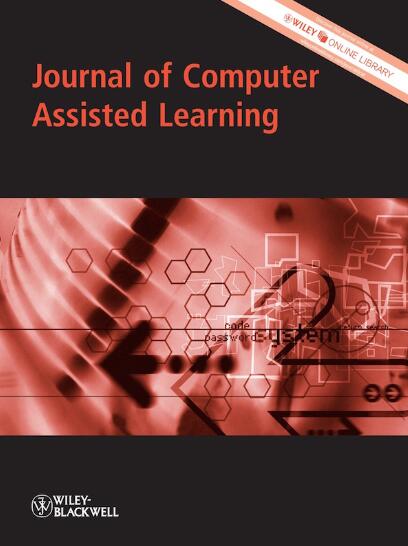The impact of computer-assisted and direct strategy teaching on reading comprehension
Abstract
Background
The use of computer-assisted reading comprehension is of critical importance in the context of promoting effective and engaging literacy education in the digital age. It provides students with the opportunity to work at their own pace and convenience, thereby facilitating self-directed learning and accommodating various learning preferences and schedules.
Objectives
The objective of the study was to investigate the impact of computer-assisted and direct strategy teaching on reading comprehension, reading comprehension self-efficacy and reading comprehension metacognitive awareness. An experimental application based on the SQ4R strategy was conducted in the direct strategy teaching (DST) and computer-assisted strategy teaching (CAST) programmes. In the DST group, the implementation of the SQ4R strategy was conducted through direct strategy teaching, whereas in the CAST group, the same activities were carried out with the assistance of computer-based resources. The principal objective of the study was to evaluate the efficacy of computer-assisted strategy instruction.
Methods
This study employed a combined sequential descriptive design, integrating qualitative and quantitative research models. The study was conducted with 61 fourth-grade students, enrolled in three classrooms of a public school situated in the central district of Kastamonu, Turkey, which is characterised by a moderate socioeconomic level. The quantitative component of the study was designed as a pre-test–post-test control group experimental study. The qualitative component of the study comprised focus group interviews and observation. Two experimental groups and one control group were established in the course of this study. In the quantitative dimension of the combined sequential descriptive model, the Reading Comprehension Test, Metacognitive Reading Comprehension Scale, and Reading Comprehension Self-Efficacy Scale were employed as data collection instruments. In order to collect data in the qualitative dimension, semi-structured interview and observation forms were employed. Furthermore, the researcher's diaries, maintained throughout the research process, were employed as a data source. The quantitative data were analysed using the following techniques: arithmetic mean, frequency, percentage, standard deviation, ANOVA and covariance analysis (ANCOVA). A descriptive analysis was employed for the evaluation of the qualitative data.
Results and Conclusions
Upon examination of the post-test scores of the CAST, DST and control group students in the Reading Comprehension Test, it was observed that the CAST group exhibited the highest average. A statistically significant difference was also identified between the CAST group and the control group. Nevertheless, no statistically significant difference was identified between the DST group and the control group. Nevertheless, an examination of the mean scores reveals that the DST group exhibited considerably higher Reading Comprehension Test scores.

 求助内容:
求助内容: 应助结果提醒方式:
应助结果提醒方式:


